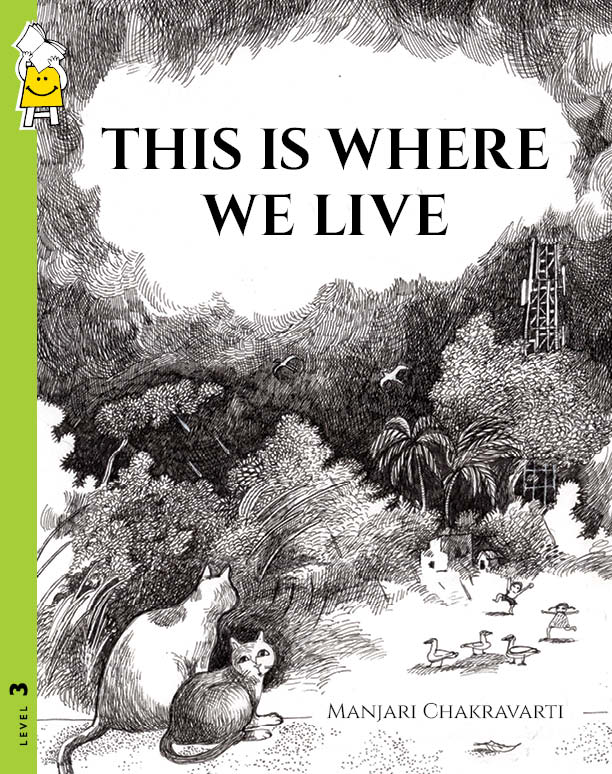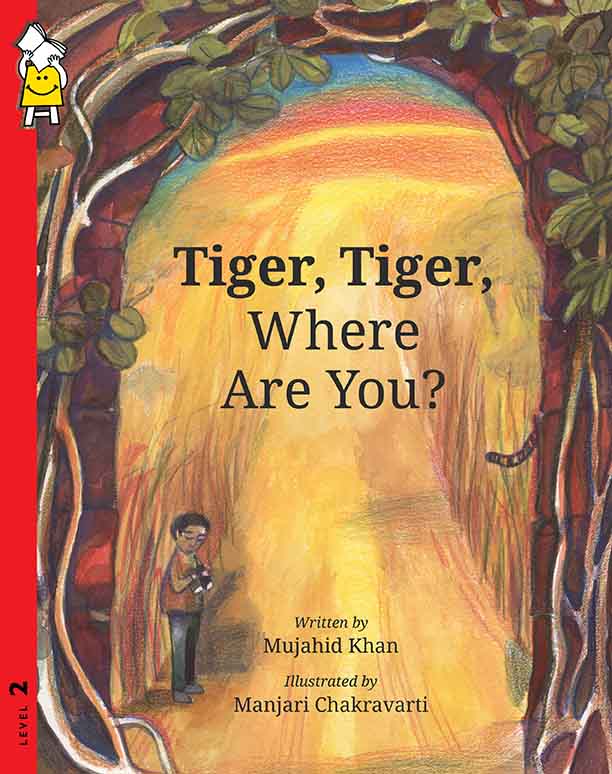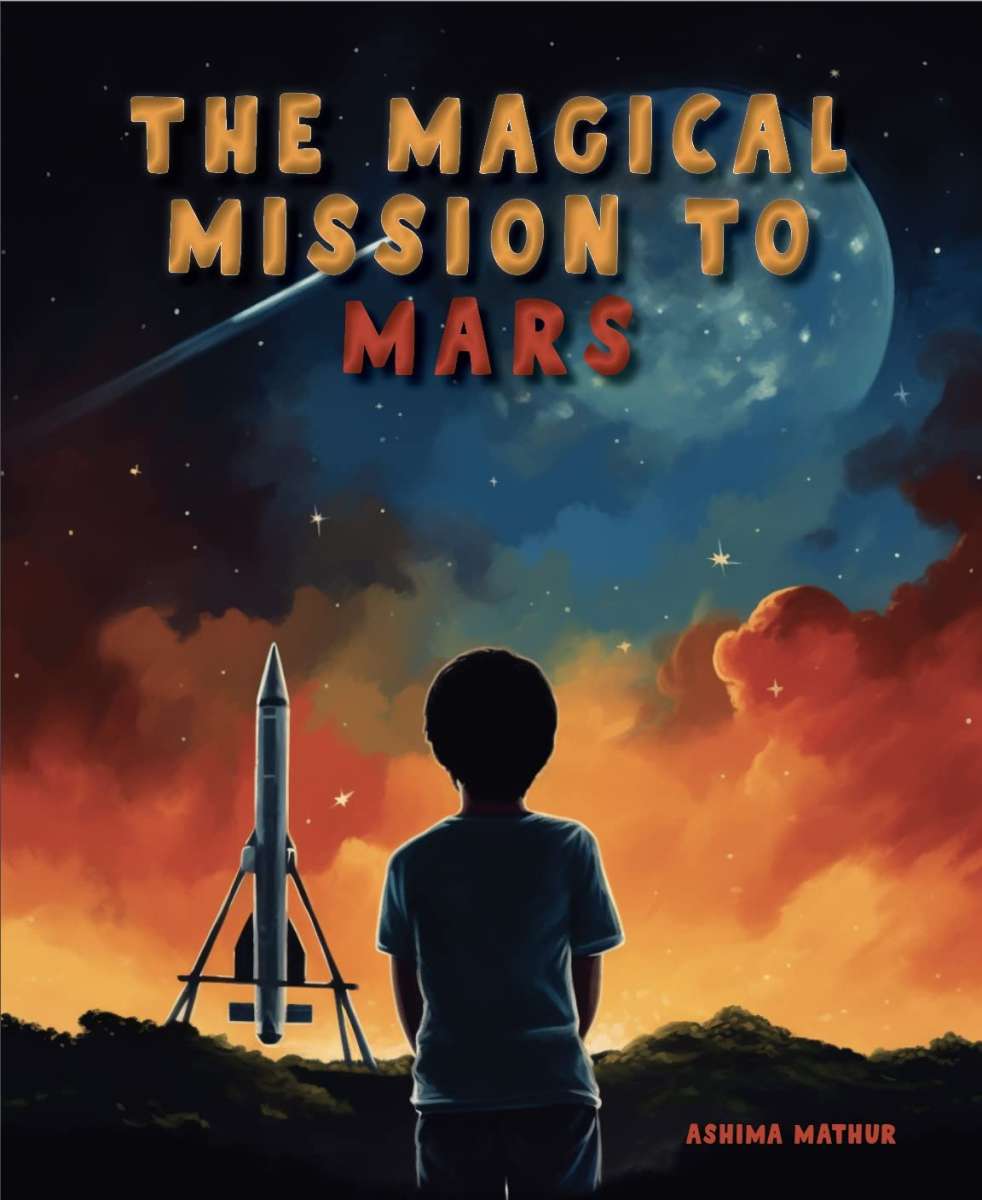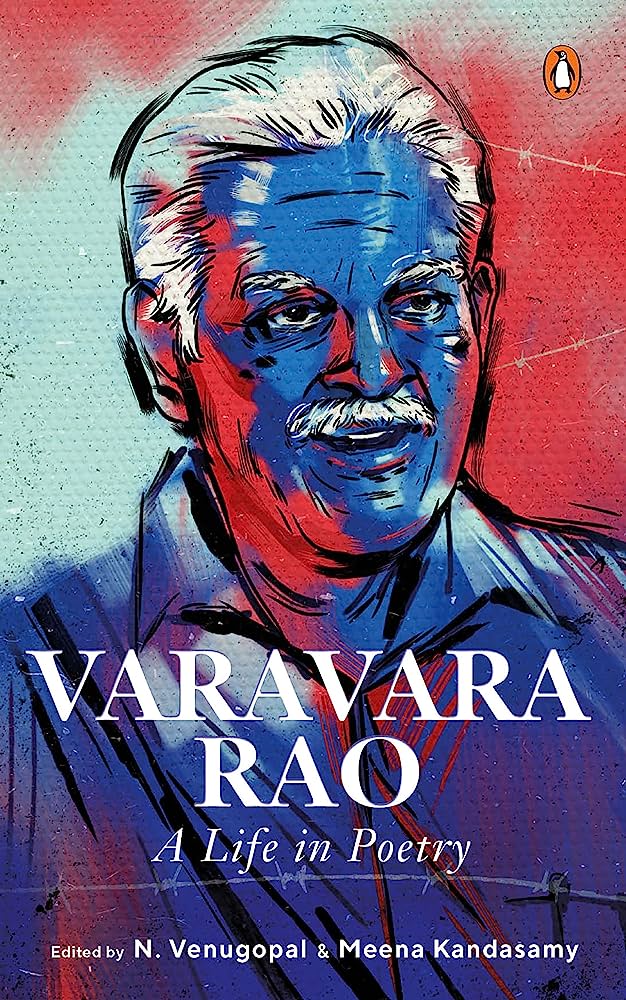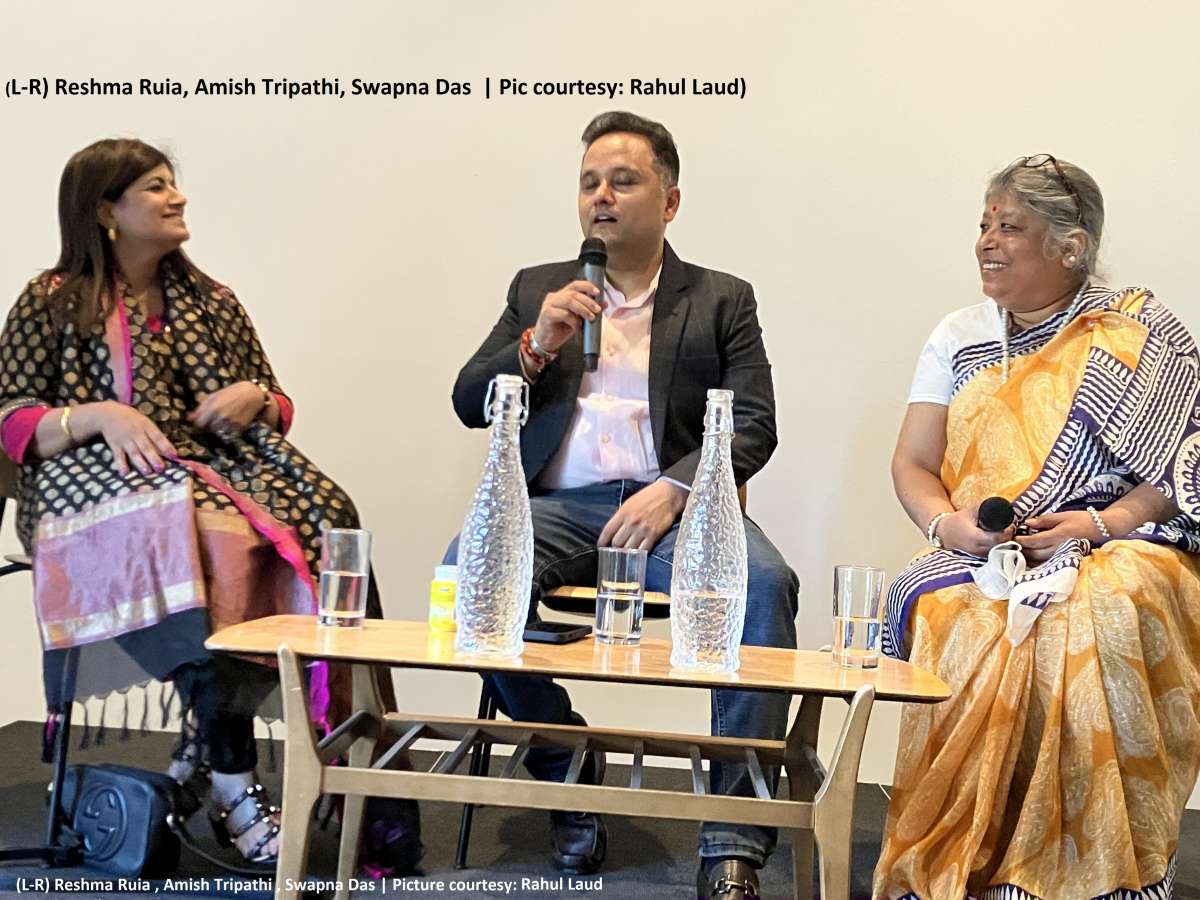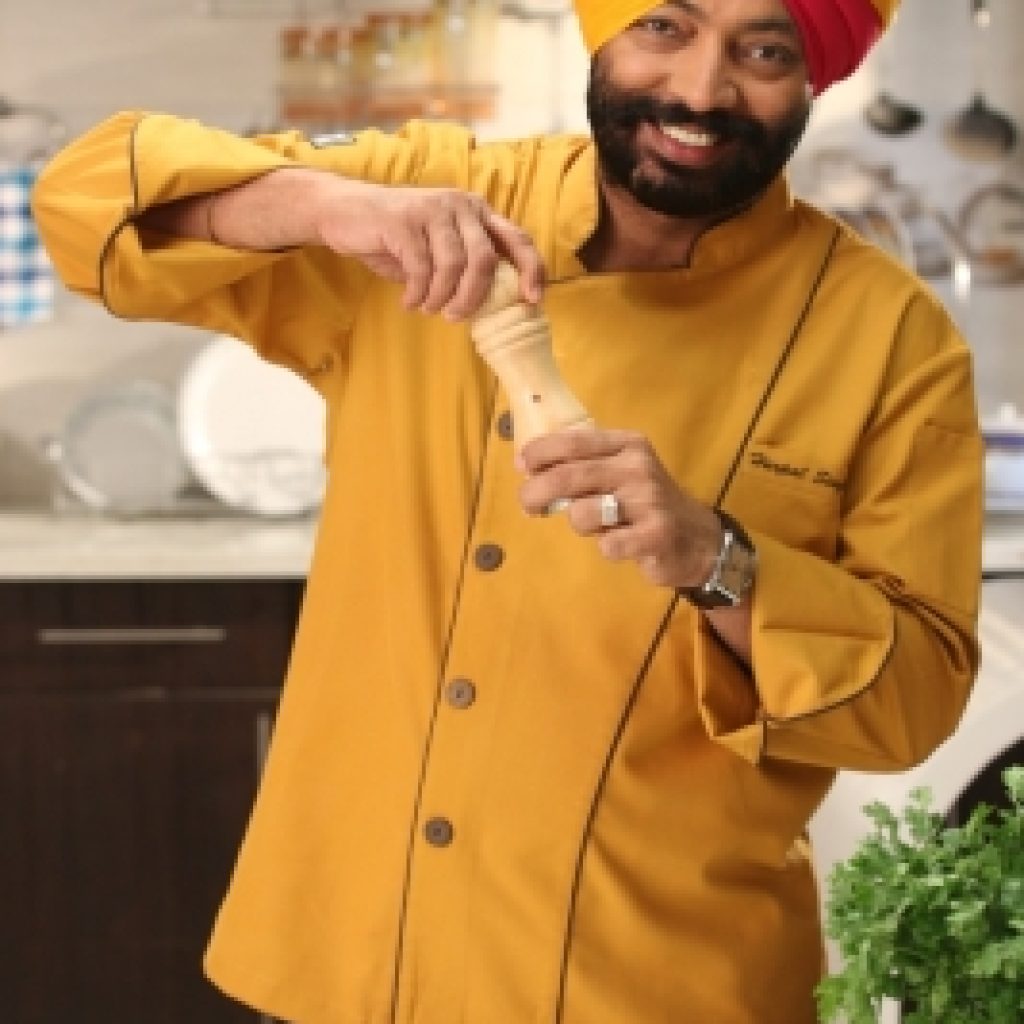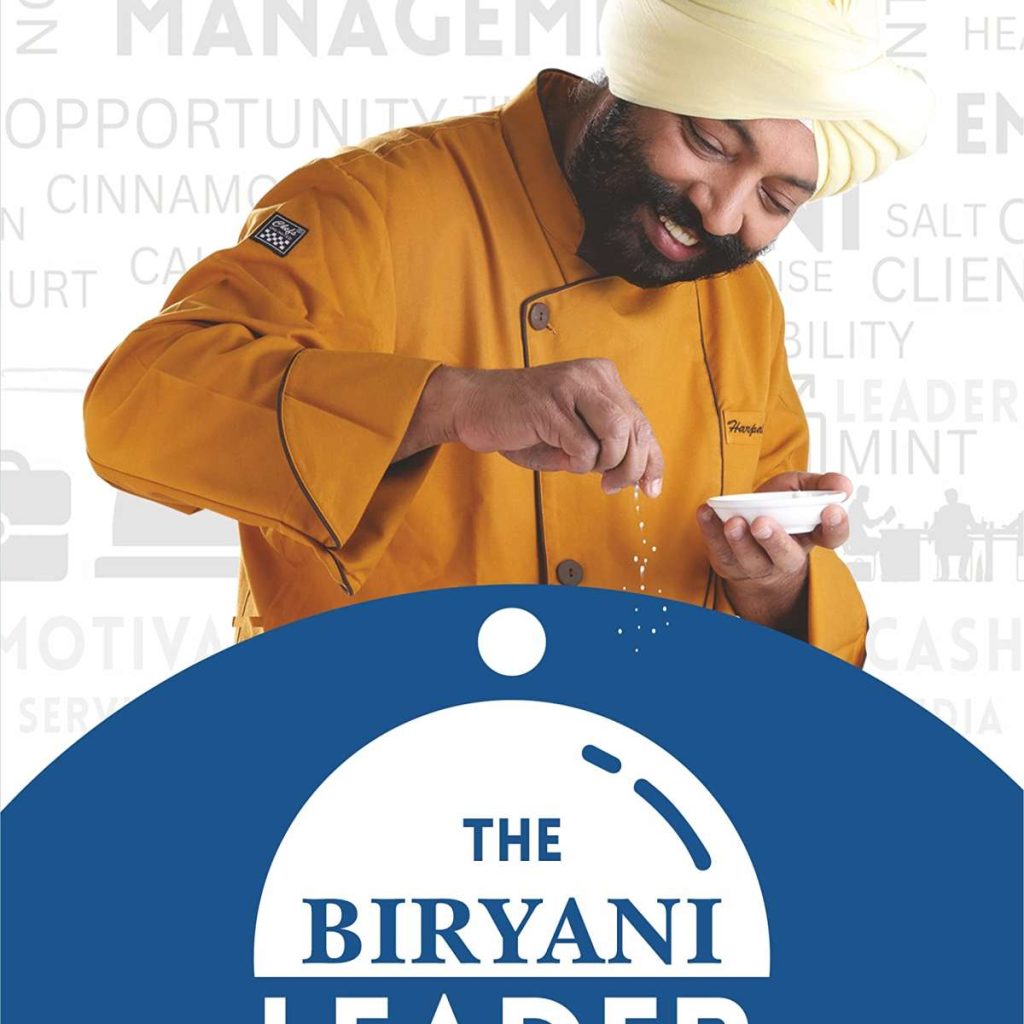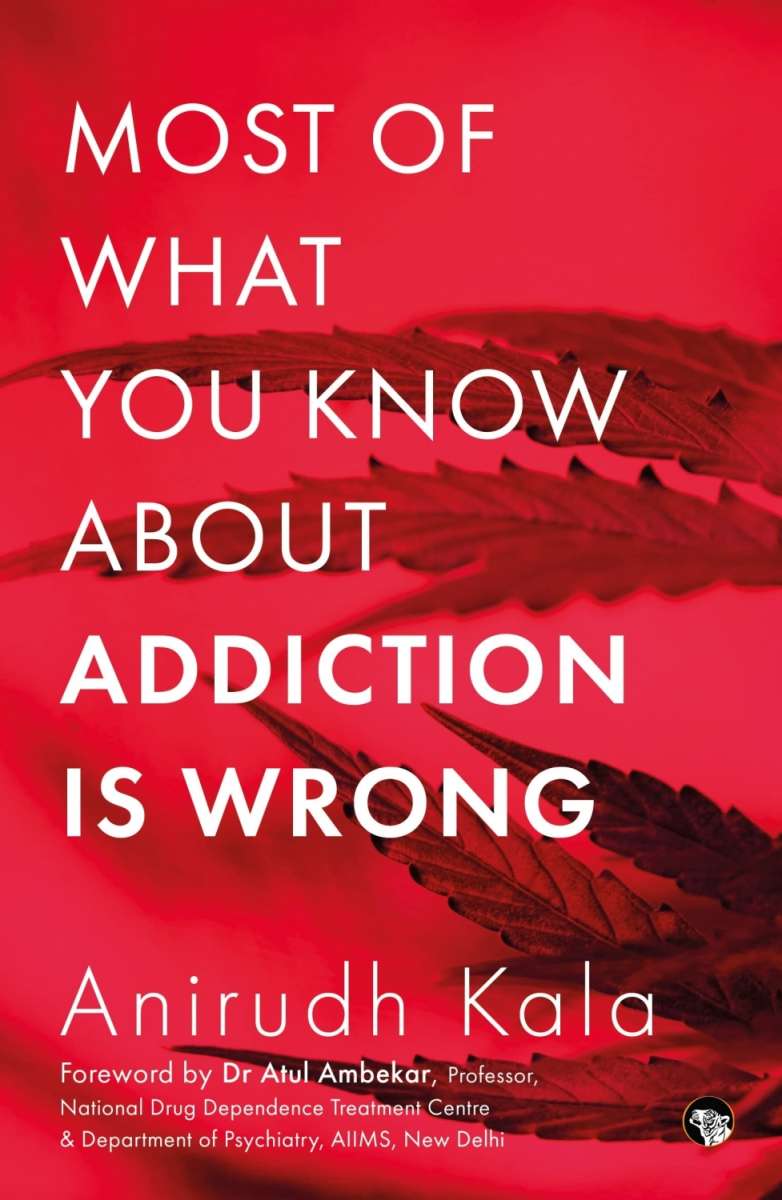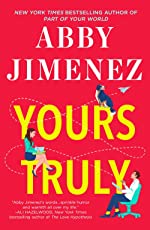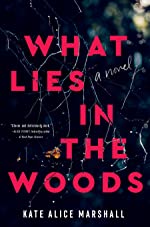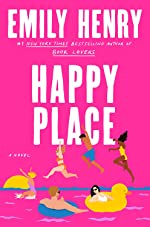Here’s a list of the top reads for 2023, which will continue surprise and keep you entertained as you stay indoors through the hot summer months:
I Have Some Questions for You (Rebecca Makkai)
A successful film professor and podcaster, Bodie Kane is content to forget her past—the family tragedy that marred her adolescence, her four largely miserable years at a New Hampshire boarding school, and the murder of her former roommate, Thalia Keith, in the spring of their senior year. Though the circumstances surrounding Thalia’s death and the conviction of the school’s athletic trainer, Omar Evans, are hotly debated online, Bodie prefers—needs—to let sleeping dogs lie.
But when the Granby School invites her back to teach a course, Bodie is inexorably drawn to the case and its increasingly apparent flaws. In their rush to convict Omar, did the school and the police overlook other suspects? Is the real killer still out there? As she falls down the very rabbit hole she was so determined to avoid, Bodie begins to wonder if she wasn’t as much of an outsider at Granby as she’d thought—if, perhaps, back in 1995, she knew something that might have held the key to solving the case.
Yours Truly (Abby Jimenez)
A novel of terrible first impressions, hilarious second chances, and the joy in finding your perfect match.
Dr. Briana Ortiz’s life is seriously flatlining. Her divorce is just about finalized, her brother’s running out of time to find a kidney donor, and that promotion she wants? Oh, that’s probably going to the new man-doctor who’s already registering eighty-friggin’-seven on Briana’s “pain in my ass” scale. But just when all systems are set to hate, Dr. Jacob Maddox completely flips the game . . . by sending Briana a letter.
And it’s a really good letter. Like the kind that proves that Jacob isn’t actually Satan. Worse, he might be this fantastically funny and subversively likeable guy who’s terrible at first impressions. Because suddenly he and Bri are exchanging letters, sharing lunch dates in her “sob closet,” and discussing the merits of freakishly tiny horses. But when Jacob decides to give Briana the best gift imaginable—a kidney for her brother—she wonders just how she can resist this quietly sexy new doctor . . . especially when he calls in a favor she can’t refuse.
The Right Move (Liz Tomforde)
She’s a distraction, that’s what she is.
I’m the newest Captain of the Devils, Chicago’s NBA team, and the last thing I needed this year was for Indy Ivers, my sister’s best friend, to move into my apartment. She’s messy, emotional, and way too tempting.
But when the team’s General Manager vocalizes his blatant disapproval of my promotion to Captain, referring to me as an unapproachable lone wolf with no work-life balance, I can’t think of a better way to convince him otherwise than pretending to date my outgoing roommate.
The only problem? Faking it feels far too natural.
Having a fake girlfriend wasn’t supposed to be messy but having Indy under my roof and in my bed is complicated, especially when she wants all the romantic parts of life that I could never give her.
What Lies in the Woods (Kate Alice Marshall)
Naomi Shaw used to believe in magic. Twenty-two years ago, she and her two best friends, Cassidy and Olivia, spent the summer roaming the woods, imagining a world of ceremony and wonder. They called it the Goddess Game. The summer ended suddenly when Naomi was attacked. Miraculously, she survived her seventeen stab wounds and lived to identify the man who had hurt her. The girls’ testimony put away a serial killer, wanted for murdering six women. They were heroes.
And they were liars.
For decades, the friends have kept a secret worth killing for. But now Olivia wants to tell, and Naomi sets out to find out what really happened in the woods—no matter how dangerous the truth turns out to be.
All the Dangerous Things (Stacy Willingham)
One year ago, Isabelle Drake’s life changed forever: her toddler son, Mason, was taken out of his crib in the middle of the night while she and her husband were asleep in the next room. With little evidence and few leads for the police to chase, the case quickly went cold. However, Isabelle cannot rest until Mason is returned to her—literally.
Except for the occasional catnap or small blackout where she loses track of time, she hasn’t slept in a year.
Isabelle’s entire existence now revolves around finding him, but she knows she can’t go on this way forever. In hopes of jarring loose a new witness or buried clue, she agrees to be interviewed by a true-crime podcaster—but his interest in Isabelle’s past makes her nervous. His incessant questioning paired with her severe insomnia has brought up uncomfortable memories from her own childhood, making Isabelle start to doubt her recollection of the night of Mason’s disappearance, as well as second-guess who she can trust… including herself. But she is determined to figure out the truth no matter where it leads.
Happy Place (Emily Henry)
Harriet and Wyn have been the perfect couple since they met in college—they go together like salt and pepper, honey and tea, lobster and rolls. Except, now—for reasons they’re still not discussing—they don’t.
They broke up six months ago. And still haven’t told their best friends.
Which is how they find themselves sharing the largest bedroom at the Maine cottage that has been their friend group’s yearly getaway for the last decade. Their annual respite from the world, where for one vibrant, blue week they leave behind their daily lives; have copious amounts of cheese, wine, and seafood; and soak up the salty coastal air with the people who understand them most.
Only this year, Harriet and Wyn are lying through their teeth while trying not to notice how desperately they still want each other. Because the cottage is for sale and this is the last week they’ll all have together in this place. They can’t stand to break their friends’ hearts, and so they’ll play their parts. Harriet will be the driven surgical resident who never starts a fight, and Wyn will be the laid-back charmer who never lets the cracks show. It’s a flawless plan (if you look at it from a great distance and through a pair of sunscreen-smeared sunglasses). After years of being in love, how hard can it be to fake it for one week… in front of those who know you best?
A couple who broke up months ago make a pact to pretend to still be together for their annual weeklong vacation with their best friends in this glittering and wise new novel from #1 New York Times bestselling author Emily Henry.
Spare (Prince Harry)
It was one of the most searing images of the twentieth century: two young boys, two princes, walking behind their mother’s coffin as the world watched in sorrow—and horror. As Princess Diana was laid to rest, billions wondered what Prince William and Prince Harry must be thinking and feeling—and how their lives would play out from that point on.
For Harry, this is that story at last.
Before losing his mother, twelve-year-old Prince Harry was known as the carefree one, the happy-go-lucky Spare to the more serious Heir. Grief changed everything. He struggled at school, struggled with anger, with loneliness—and, because he blamed the press for his mother’s death, he struggled to accept life in the spotlight.
At twenty-one, he joined the British Army. The discipline gave him structure, and two combat tours made him a hero at home. But he soon felt more lost than ever, suffering from post-traumatic stress and prone to crippling panic attacks. Above all, he couldn’t find true love.
Then he met Meghan. The world was swept away by the couple’s cinematic romance and rejoiced in their fairy-tale wedding. But from the beginning, Harry and Meghan were preyed upon by the press, subjected to waves of abuse, racism, and lies. Watching his wife suffer, their safety and mental health at risk, Harry saw no other way to prevent the tragedy of history repeating itself but to flee his mother country. Over the centuries, leaving the Royal Family was an act few had dared. The last to try, in fact, had been his mother. . . .
For the first time, Prince Harry tells his own story, chronicling his journey with raw, unflinching honesty. A landmark publication, Spare is full of insight, revelation, self-examination, and hard-won wisdom about the eternal power of love over grief.
ALSO READ-‘Comic books capture the interest of wide audiences’
